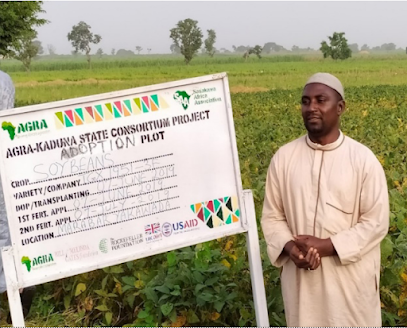Having previously looked at how the management of water and agriculture has changed over time we now turn to how food production itself has changed in attempting to become more sustainable for the future.
Africa's "green revolution" now or never!
A green revolution can be outlined as greatly increasing food production through the use of technology such as high yield and resistant species of crop. This can also be through the use of fertilisers and pesticides. The United Nations 2022 hunger report highlights that the prevalence of undernourishment has remained stable since 2015 but rose from 8% in 2019 to 9.8% in 2021. Now at least 1 in 5 people face hunger in Africa. With severe food insecurity rising and only 8 years left to meet SDG 2 (Zero Hunger), a green revolution appears to be vital in tackling this problem.
Figure 1: Share of population with severe food insecurity.
Behind Africa's green revolution
Another organisation behind the green revolution is the
Millennium Promise Alliance (MPA). This organisation ran the
Millennium Villages Project (MVP) which lasted from 2005-2015 and took place in fifteen locations. The aim was to allow places in sub-Saharan Africa to achieve the 2015
Millennium Development Goals (MDGs). Similar methods AGRA used to improve agricultural production were implemented such as fertilisers and selectively bred seeds for higher yield and resistant crops. The water infrastructure in these villages was improved by constructing springs. This allows more children to have a free school meal which raises attendance. The
project achieved a third of its MDG targets despite them being ambitious.
A green solution?
Overall, the green revolution has great potential to meet SDG 2. Projects from AGRA and MPA have provided a good framework for development in Africa to increase food security. These projects can promote self-sufficiency and African-led development. Without the voices of local people, improvements cannot be successfully implemented. However, not all aspects of the green revolution are positive. Some of these challenges and failures will be explored in the next post.





Comments
Post a Comment